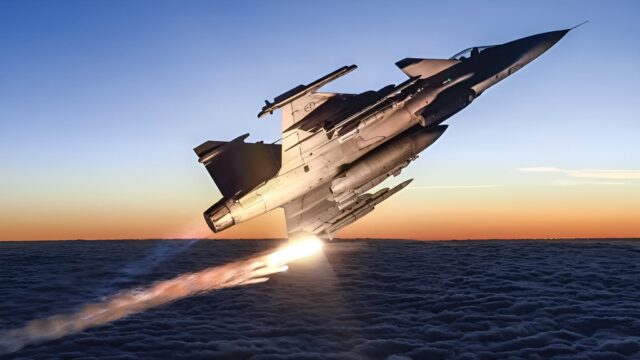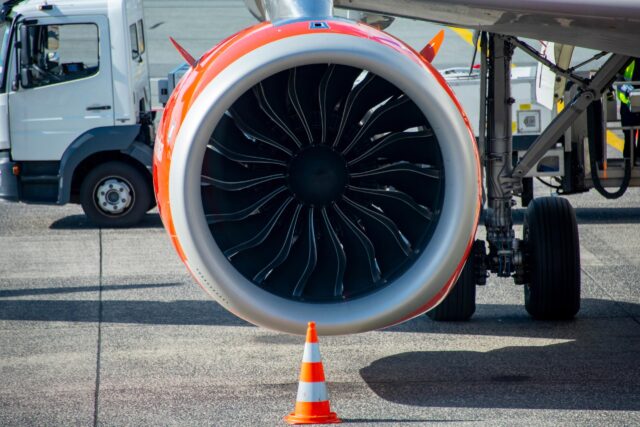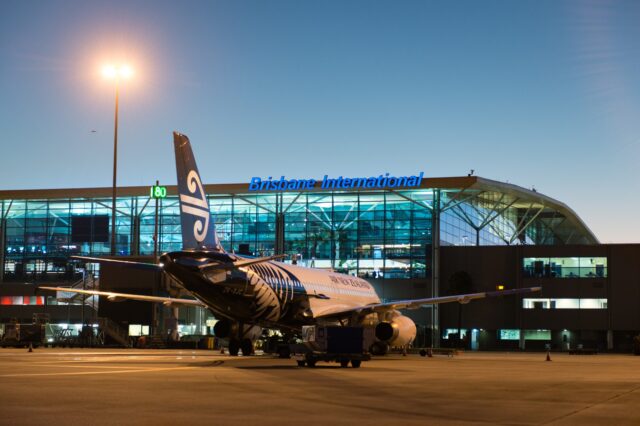Eighteen Dutch F-16s handed to Romania for one euro to train NATO and Ukrainian pilots

November 7, 2025
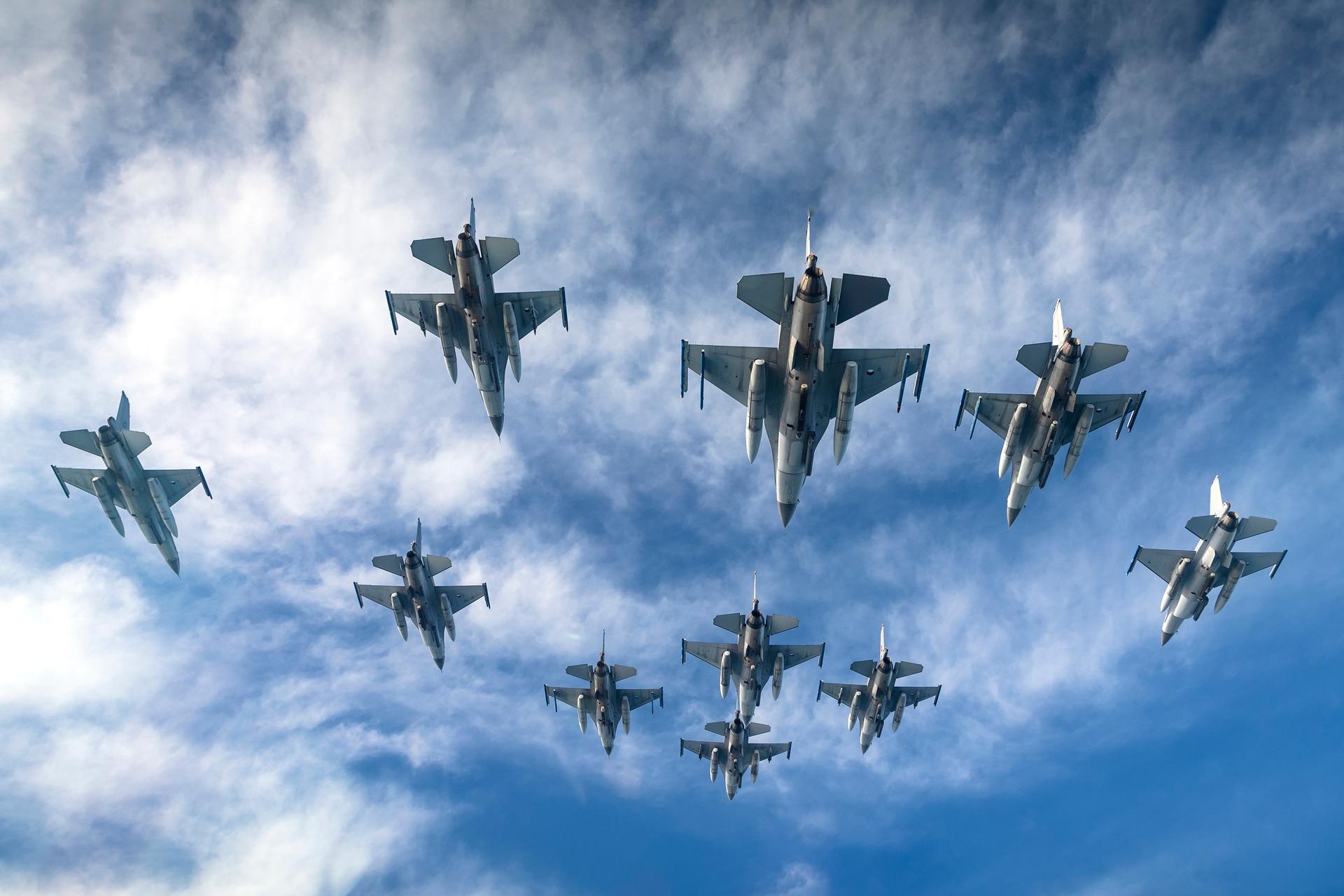
Romania has officially taken control of 18 F-16 Fighting Falcon jets from the Netherlands for a token sum of just one euro, in a move that underlines both its growing importance within NATO and its ambition to modernise its air force.
Five F-16 aircraft belonging to the Royal Netherlands Air Force landed on 7 November at the Locotenent Aviator Gheorghe Mociornițã 86th Air Base in Fetești.
The handover, completed in Bucharest, transfers ownership of the aircraft to the Romanian Air Force and to the European F-16 Training Centre (EFTC) at Fetești Air Base.
From now on, the fighter jets will serve a dual role: training Romanian pilots and preparing Ukrainians for front-line service in their country’s fight against Russia.
Why Romania wanted F-16 fighter jets from the Netherlands
For Romania, the arrival of the Dutch fighters is more than just an upgrade. It forms part of a carefully planned transition away from ageing Soviet-era fighters towards a new generation of Western aircraft.
The F-16, a workhorse of NATO air forces for more than four decades, is seen as the bridge to the F-35, the fifth-generation stealth fighter that Romania intends to buy after 2030.
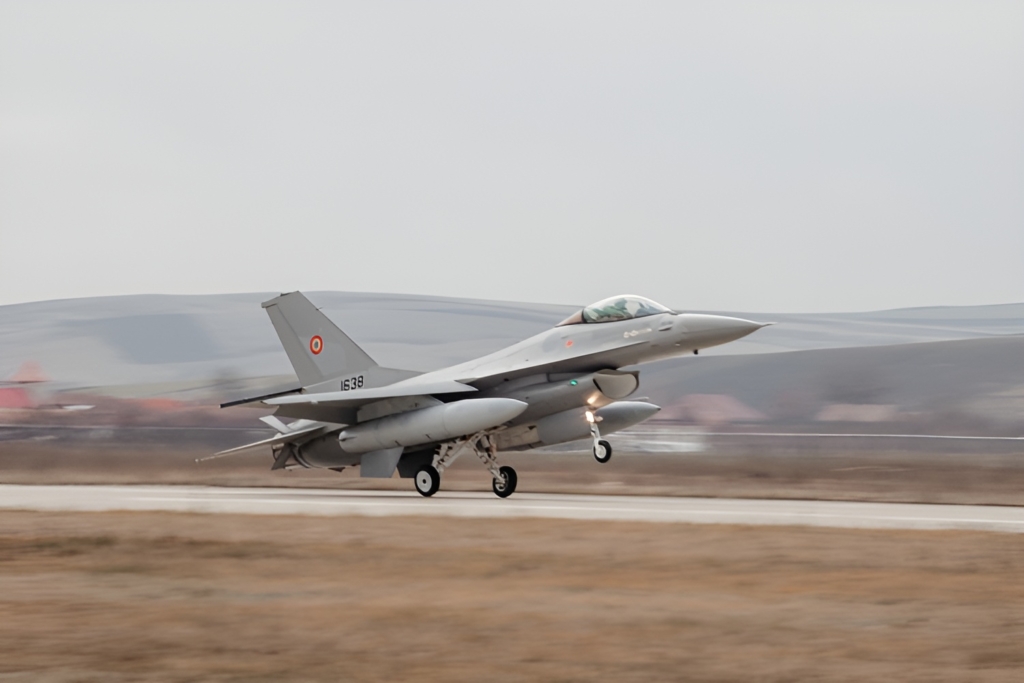
When the last MiG-21 Lancers were retired, Romania needed a proven NATO-standard multirole aircraft that could join alliance air policing missions without delay. The F-16 fitted the bill: a reliable, combat-tested jet with an extensive global support network.
The 18 aircraft now transferred from Dutch stocks bring Romania’s total to 67 F-16s, including previous purchases from Portugal and Norway. Together, they give the country one of the region’s most modern air fleets and a central role in the alliance’s Black Sea defence.
Netherlands completes F-16 transfer to Romania
The Netherlands, having completed its own transition to the F-35A Lightning II, has been winding down its F-16 fleet since last year. The transfer to Romania is the latest step in that process.
Although described as a one-euro sale, Romania paid around €21 million ($24 million) in VAT to cover logistics, spares, and maintenance support. The aircraft and associated equipment have been valued at roughly €65 million ($75 million).
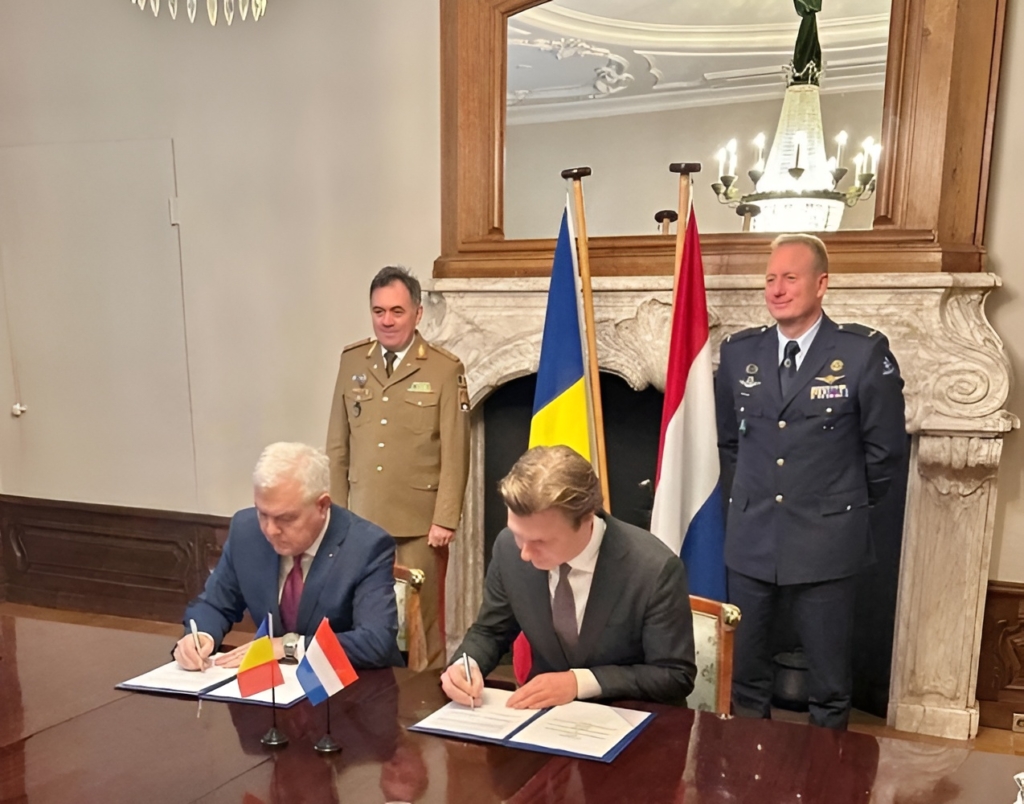
For the Dutch, the deal is more about alliance solidarity than revenue — a gesture reminiscent of Germany’s symbolic transfer of MiG-29s to Poland in 2002.
Dutch Defence Minister Ruben Brekelmans said the jets would “begin a valuable new life” in Romania. “It’s remarkable to see them continue to serve not just NATO but also Ukraine, through the pilots now training there,” he said.
Inside the European F-16 Training Centre in Romania
The European F-16 Training Centre (EFTC) at Fetești, established through cooperation between Romania’s defence ministry, the Netherlands, Lockheed Martin, and Denmark, has become a cornerstone of NATO’s training network. It is the only dedicated F-16 school of its kind on the continent.
The facility began operations in 2023 by retraining instructors and refreshing Romanian crews transitioning from older aircraft. It has since developed into a fully fledged training pipeline.
Ukrainian pilots joined the programme in September 2024, and half of the centre’s capacity will be dedicated to them for at least eight years.
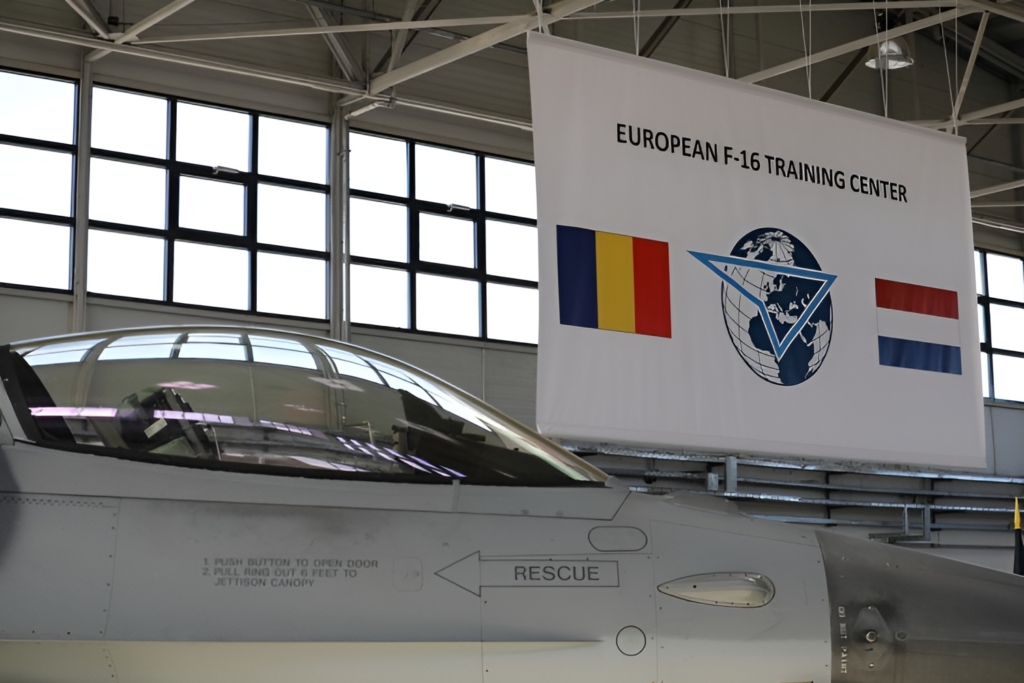
Brigadier General Ion-Cornel Pleșa, who signed the handover on behalf of Romania, described the deal as “a milestone for our air force and for Europe’s security”.
He said expansion plans were already being considered as more F-35 operators join NATO. “Fetești is now a hub where allies can train together to the same standard,” he said.
Romania strengthens NATO air defence on the Black Sea
Romania’s F-16 squadrons are already active in NATO air policing missions.
The 48th Fighter Squadron at Câmpia Turzii joined the network in October, flying alongside the 53rd Squadron from Fetești and a German Eurofighter Typhoon unit stationed temporarily in the country.
These operations form part of the alliance’s broader effort to reinforce its eastern flank since Russia’s full-scale invasion of Ukraine in 2022. NATO officials say Romania’s growing fleet and training capacity are critical to maintaining deterrence and readiness along the Black Sea corridor.
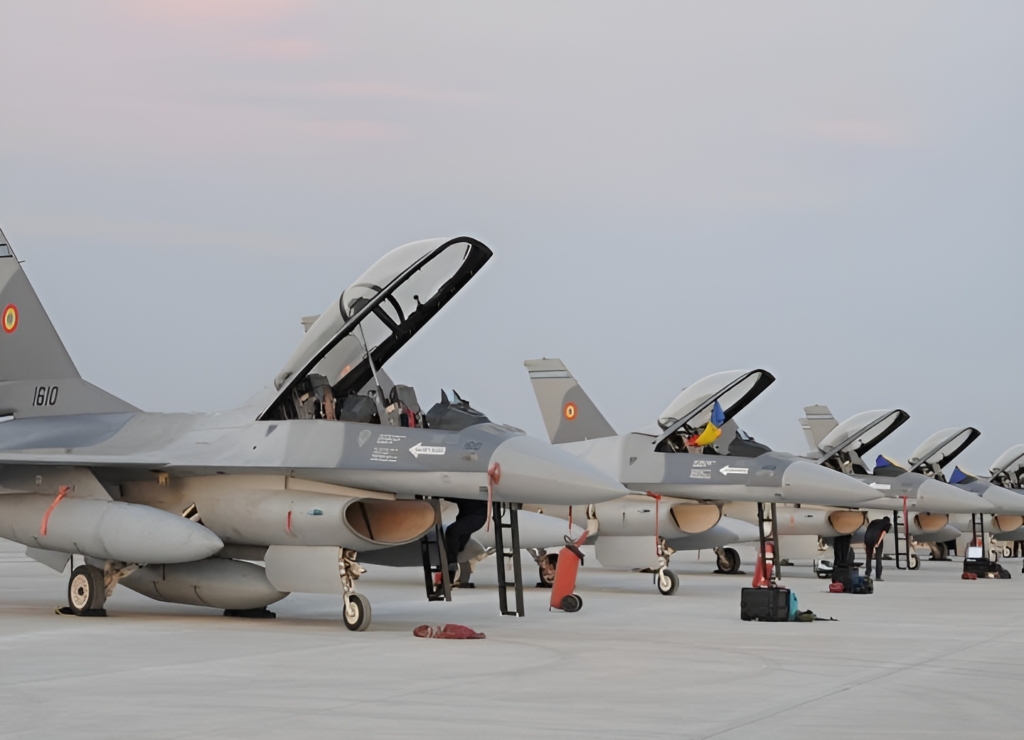
Romania’s path to the F-16 began in 2016 with 12 second-hand aircraft from Portugal, followed by another five to replace its ageing MiGs. In 2022, Bucharest signed a €454 million ($524 million) deal with Norway for 32 upgraded F-16AM/BM jets.
The Norwegian aircraft, renowned for their condition and maintenance record, are expected to serve for at least another decade.
Oslo’s defence minister at the time, Odd-Roger Enoksen, said it was “fitting that a close NATO ally will keep these aircraft flying”. The deal also involved Norwegian industry, with Kongsberg Aviation Maintenance Services contracted to support and train Romanian technicians.
Ukrainian pilots begin F-16 training in Romania
Ukraine’s air force, which has been promised 87 F-16s by European partners including the Netherlands, Denmark, Belgium, and Norway, sees Romania’s training centre as vital to its long-term survival.
President Volodymyr Zelenskyy thanked both governments, saying the arrangement “brings us closer to defending our skies with modern technology”. Ukrainian pilots who began training in simulators last year are expected to start live-flight courses in the coming months.
For the Dutch Air Force, the transfer marks the closing of a chapter that began nearly 50 years ago. Its F-16s first entered service in the late 1970s and went on to serve in operations from the Balkans to Afghanistan. They have now been replaced entirely by F-35As, which assume all missions, including NATO’s nuclear deterrent role.
Linda Ruseler, representing the Dutch Ministry of Finance at the handover ceremony, said keeping the old fleet had simply become uneconomic. “Passing them on strengthens the alliance and ensures they remain useful rather than sitting idle,” she said.
A one-euro F-16 deal with strategic value for NATO
For Romania, the acquisition is both symbolic and strategic. With its expanding fleet and its position on NATO’s south-eastern frontier, the country has emerged as a critical link in Europe’s air defence network.
Defence analysts note that what began as a modest modernisation programme has evolved into something larger: a shared European project supporting Ukraine and reinforcing the alliance.
As one European diplomat in New Delhi observed, “It’s a one-euro deal, but its value to NATO unity and European security is immeasurable. These jets may be second-hand, but their mission is entirely new.”
